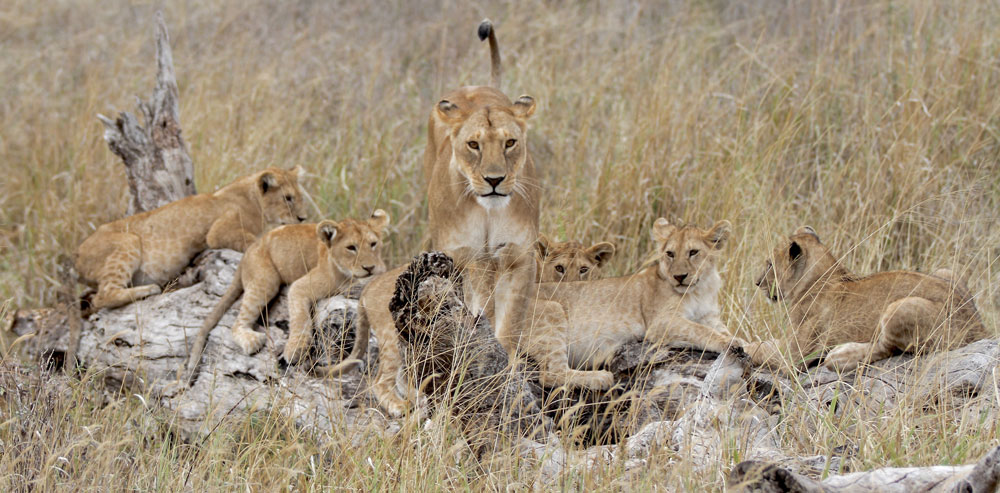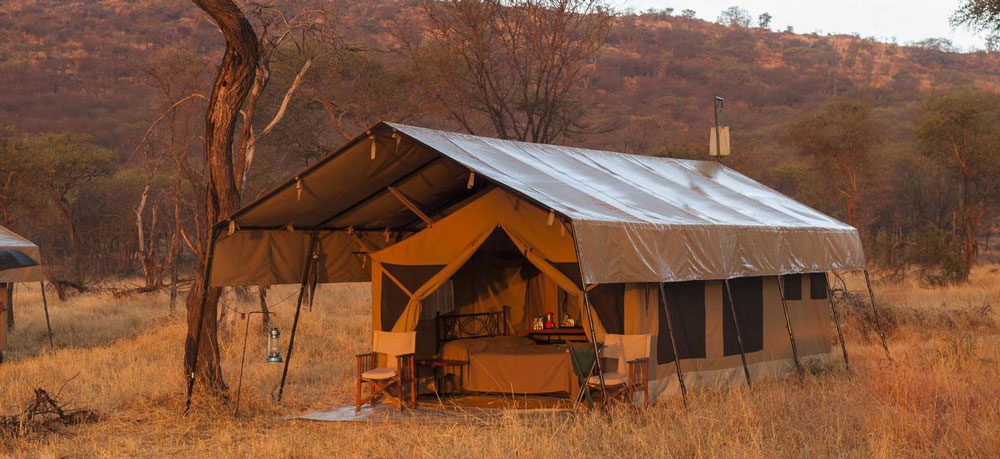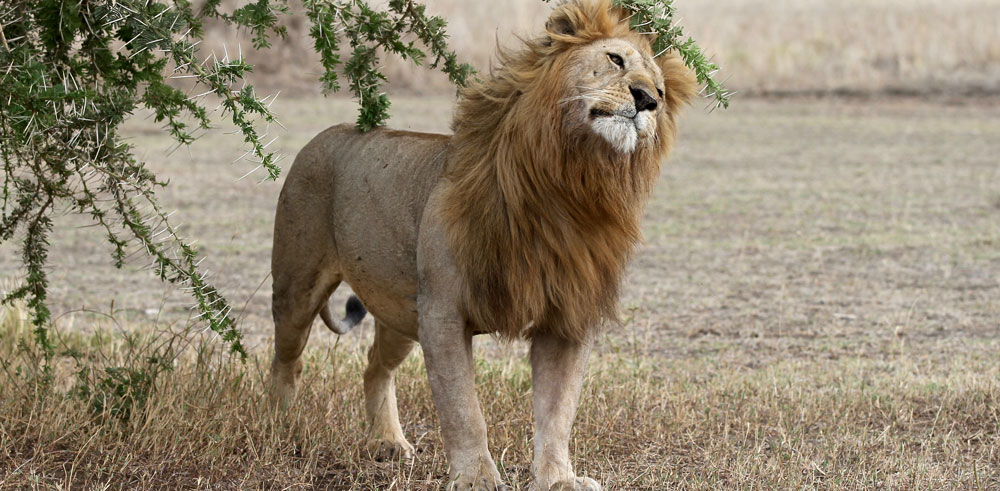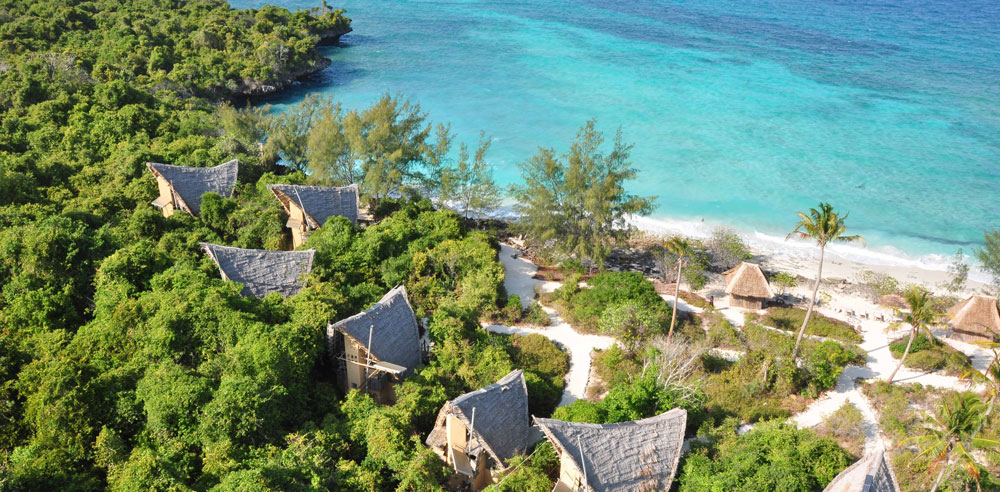Southern Circuit
THE SOUTHERN TANZANIA SAFARI CIRCUIT:
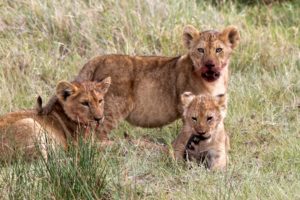 The parks of the Southern Circuit are enormous and beautiful, offering a more remote wildlife experience in a very unique setting than the famous Northern Circuit. It provides a sense of African adventure unsurpassed anywhere else on the continent.
The parks of the Southern Circuit are enormous and beautiful, offering a more remote wildlife experience in a very unique setting than the famous Northern Circuit. It provides a sense of African adventure unsurpassed anywhere else on the continent.
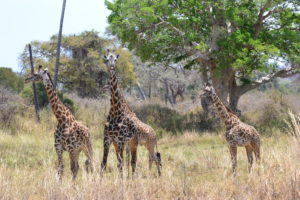 Ruaha National Park, recently expanded to become the largest national park in East Africa and the second largest in the continent. Ruaha is home to more than 10,000 elephants and it is believed to have high concentration of elephants than any national park in East Africa. Its name derives from the Great Ruaha River which flows along its eastern border, creating spectacular gorges. Flowing into the Rufiji River, the Great Ruaha is the home to hippo and crocodile. Various antelope species, such as eland, grant’s gazelle, implala, greater and lesser kudu, reedbuck, waterbuck thrive in the grasslands bordering the river alongside buffalo, giraffe and zebra. Predators include lion, leopard, cheetah, both stripped and spotted hyena and wild dog – or African hunting dog as they should correctly be called.
Ruaha National Park, recently expanded to become the largest national park in East Africa and the second largest in the continent. Ruaha is home to more than 10,000 elephants and it is believed to have high concentration of elephants than any national park in East Africa. Its name derives from the Great Ruaha River which flows along its eastern border, creating spectacular gorges. Flowing into the Rufiji River, the Great Ruaha is the home to hippo and crocodile. Various antelope species, such as eland, grant’s gazelle, implala, greater and lesser kudu, reedbuck, waterbuck thrive in the grasslands bordering the river alongside buffalo, giraffe and zebra. Predators include lion, leopard, cheetah, both stripped and spotted hyena and wild dog – or African hunting dog as they should correctly be called.
 Named after an Englishman, Sir Frederick Selous, a famous big game hunter and conservationist who died at Beho Beho in this territory in 1917 while fighting against the Germans during the World War I, here we have another Southern Circuit favorite attraction, The Selous Game Reserve which is also one of the largest faunal reserves of the world. The Selous Game Reserve is one of Africa’s largest game reserves with an area of about 55,000 sq km, bigger than Switzerland and almost twice the size of Belgium. Its quietness, the rivers and lakes are the lifeblood to a park that hosts phenomenal volumes of game including the Africa’s largest elephant and wild dog populations and probably the largest hippo, buffalo, crocodile and lion prides. Home to some of Africa’s best boat safaris, walking and camping trips makes the Selous the park in the country with greatest diversity of safari activities.
Named after an Englishman, Sir Frederick Selous, a famous big game hunter and conservationist who died at Beho Beho in this territory in 1917 while fighting against the Germans during the World War I, here we have another Southern Circuit favorite attraction, The Selous Game Reserve which is also one of the largest faunal reserves of the world. The Selous Game Reserve is one of Africa’s largest game reserves with an area of about 55,000 sq km, bigger than Switzerland and almost twice the size of Belgium. Its quietness, the rivers and lakes are the lifeblood to a park that hosts phenomenal volumes of game including the Africa’s largest elephant and wild dog populations and probably the largest hippo, buffalo, crocodile and lion prides. Home to some of Africa’s best boat safaris, walking and camping trips makes the Selous the park in the country with greatest diversity of safari activities.
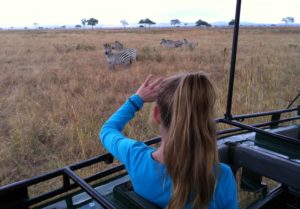 Located north of the Selous Game Reserve, less than 300 km from Dar es Salaam is the Mikumi National Park. Because of its accessibility, it is one of the most popular parks in Tanzania. The Mikumi floodplain, with its open grasslands dominates the park together with the mountain ranges that border the park on two sides. A wide range of wildlife inhabits its 3, 230 sq km area. Lion is commonly seen, elephants and other animals frequently observed are buffalo, civet, eland, giraffe, impala, reedbuck, warthog, waterbuck, wildebeest, zebra and hartebeest. Over 400 species of birds have been observed in the park, many of which are Eurasian migrants who stay between October and April.
Located north of the Selous Game Reserve, less than 300 km from Dar es Salaam is the Mikumi National Park. Because of its accessibility, it is one of the most popular parks in Tanzania. The Mikumi floodplain, with its open grasslands dominates the park together with the mountain ranges that border the park on two sides. A wide range of wildlife inhabits its 3, 230 sq km area. Lion is commonly seen, elephants and other animals frequently observed are buffalo, civet, eland, giraffe, impala, reedbuck, warthog, waterbuck, wildebeest, zebra and hartebeest. Over 400 species of birds have been observed in the park, many of which are Eurasian migrants who stay between October and April.
Udzungwa Mountains National Park is the largest and most bio-diverse of a chain of dozen large forest-swathed mountains. It has the second largest biodiversity of a national park in Africa. Udzungwa is the magnet for hikers which offer an excellent network of forest trails including the popular 170 metres, Sanje Waterfalls. Ornithologists are attracted to Udzungwa for an avian wealth embracing more than 400 species including the lovely and readily-located green-headed oriole, also the Iringa red-colobus and Sanje crested mangabey both occur nowhere in the world – the latter, remarkably remained undetected by biologists prior in 1979.
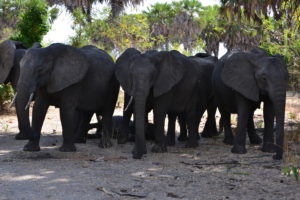 This is where the beach meets the bush, The Saadani National Park. It is the only wildlife sanctuary in Tanzania bordering the sea. It offers a unique combination of both marine and mainland flora and fauna in a culturally fascinating setting. Saadani village once was important harbor-town and slave trading center in East Africa. Now it is a small Swahili fishing village with about 800 inhabitants whose livelihood is mostly fishing. About 30 species of large mammals are present as well as numerous reptiles and birds. Over 40 species of fish, green turtle and dolphins also occur in the ocean nearby. Giraffes are numerous in Saadani, large herds of white-bearded wildebeest also graze in the short grass savannas. The other species which can be observed are zebra and eland, bushbucks, yellow and vervet monkeys; lion is also found in Saadani although it is rarely seen. Saadani is also a perfect place to enjoy and conduct boat safaris through its Wami River for an attractive view of the mangrove trees, birds, reptiles – especially crocodiles and hippos, while enjoying its amazing sunset.
This is where the beach meets the bush, The Saadani National Park. It is the only wildlife sanctuary in Tanzania bordering the sea. It offers a unique combination of both marine and mainland flora and fauna in a culturally fascinating setting. Saadani village once was important harbor-town and slave trading center in East Africa. Now it is a small Swahili fishing village with about 800 inhabitants whose livelihood is mostly fishing. About 30 species of large mammals are present as well as numerous reptiles and birds. Over 40 species of fish, green turtle and dolphins also occur in the ocean nearby. Giraffes are numerous in Saadani, large herds of white-bearded wildebeest also graze in the short grass savannas. The other species which can be observed are zebra and eland, bushbucks, yellow and vervet monkeys; lion is also found in Saadani although it is rarely seen. Saadani is also a perfect place to enjoy and conduct boat safaris through its Wami River for an attractive view of the mangrove trees, birds, reptiles – especially crocodiles and hippos, while enjoying its amazing sunset.
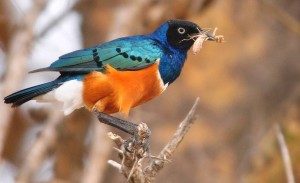 Referred to as “Garden of God” while Botanists have dubbed it ‘The Serengeti of Flowers’ – Kitulo National Park, is the home to a full 350 species of vascular plants including 45 varieties of terrestrial orchid which erupt into a riotous wildflower display of breathtaking scale and diversity during the main rainy season of late November to April. Kitulo – a botanist and hikers paradise is also highly alluring to bird-watchers due to availability of various bird species.
Referred to as “Garden of God” while Botanists have dubbed it ‘The Serengeti of Flowers’ – Kitulo National Park, is the home to a full 350 species of vascular plants including 45 varieties of terrestrial orchid which erupt into a riotous wildflower display of breathtaking scale and diversity during the main rainy season of late November to April. Kitulo – a botanist and hikers paradise is also highly alluring to bird-watchers due to availability of various bird species.
The Historical Town of Kilwa, with its major center – Kilwa Masoko, a port on the Indian Ocean is located in the Lindi region of Tanzania. It is believed that the society that was present in this city later developed into the Swahili society known along the coast of East Africa. It is the site of well preserved ruins from the Ottoman Arab era. Also located off the southern coast is Kilwa Kisiwani, an Indian Ocean Island. Historically, it was the center of the Kilwa Sultanate, a medieval sultanate whose authority at its height in the 13th – 15th centuries AD stretched the entire length of the Swahili Coast. Kilwa Kisiwani has been designated by UNESCO as a World Heritage Site along with the nearby stone town, Songo Mnara.
Kilwa first rose to power in the 11th century, part of the Swahili civilization which flourished in the context of Indian Ocean Trade. Kilwa Masoko is a very relaxed and accommodating coastal town, boasting brilliant beaches and historical cultural ruins. There is an attractive historical feel about the place, the town has a good number of old colonial buildings and crumbling remains of an ancient Oman buildings including ‘The Great Mosque of Kilwa’ – which serves as a congregational mosque on the island of Kilwa Kisiwani. It was likely founded in the tenth century, but the two major stages of construction date to the eleventh or twelfth and thirteenth century, respectively. It is one of the earliest surviving mosques on the Swahili Coast.
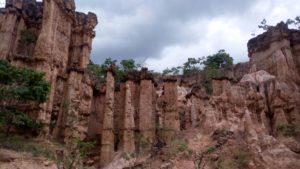 Isimila Stone Age Historical Site, A Walk Through The Canyons – It is well-known for its archaeological sites, some of these sites yielded very important fossils that enlighten us about the origin of mankind. It features ancient tools dating back 60,000 to 100,000 years as well as small canyons, eroded pillars, and a small picnic area. Start the tour in a museum on site, where you can see all the fossils and tools that have been unearthed. Stroll around the site to see archeological digs where the pieces originated. When you approach the high eroded sandstone pillars, a guide will explain how they formed.
Isimila Stone Age Historical Site, A Walk Through The Canyons – It is well-known for its archaeological sites, some of these sites yielded very important fossils that enlighten us about the origin of mankind. It features ancient tools dating back 60,000 to 100,000 years as well as small canyons, eroded pillars, and a small picnic area. Start the tour in a museum on site, where you can see all the fossils and tools that have been unearthed. Stroll around the site to see archeological digs where the pieces originated. When you approach the high eroded sandstone pillars, a guide will explain how they formed.


